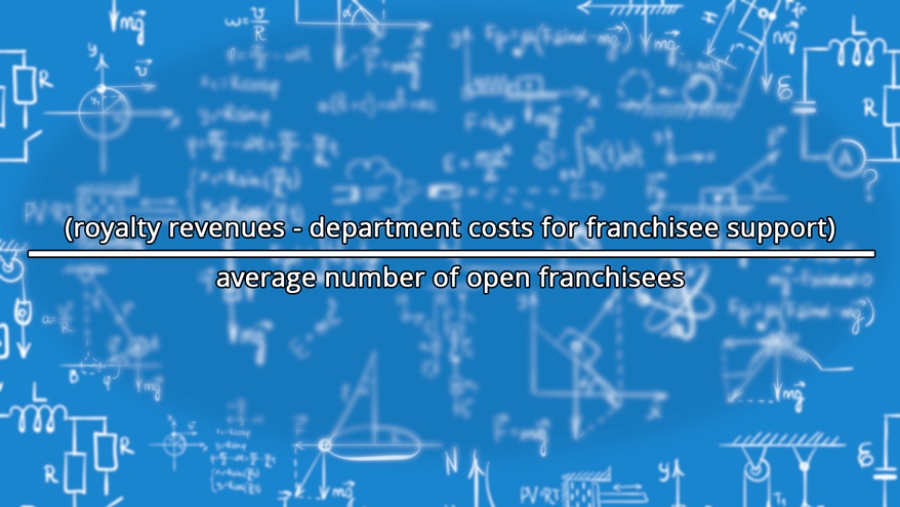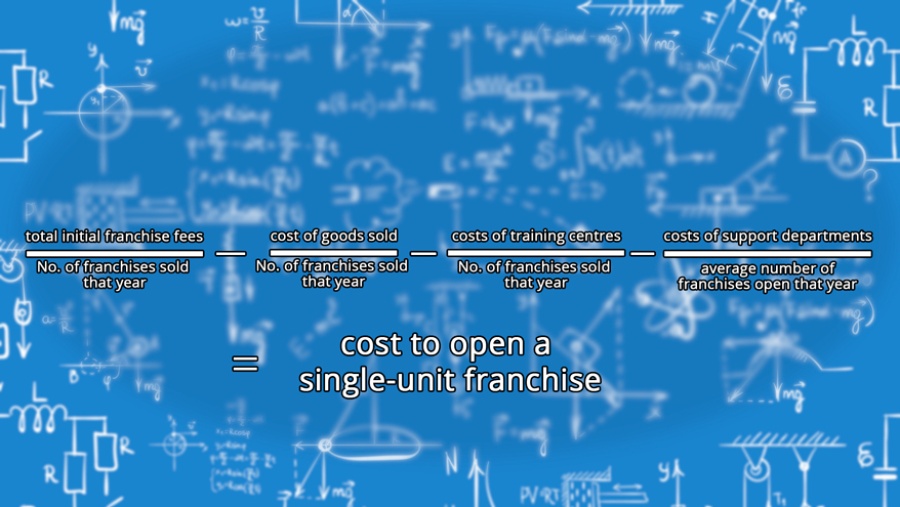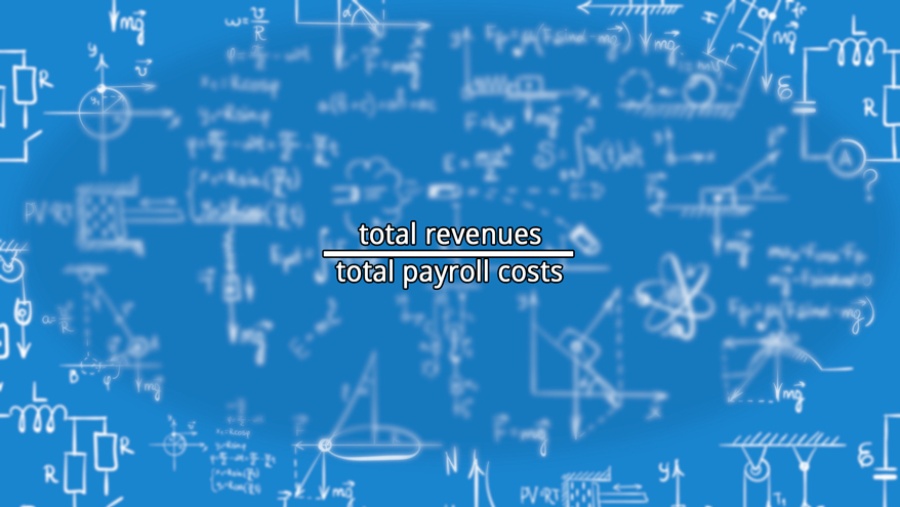
Making money from a franchise system is significantly different from doing so with other kinds of business. The franchisor does not earn income solely from goods or services sold by the company-owned businesses alone, but also from franchise fees and royalties from the franchises they sell to franchisees. The different financial demands and nuances of franchise systems hence require a different approach than one might take if running a traditional business offering.
In this article, several aspects to generating revenue from a franchise system will be discussed and guidelines suggested for franchisors, based on advice from the franchising book Grow Smart, Risk Less by Shelly Sun.
Introduction
Many people who are new to the franchisor side of the franchise industry, or who are considering becoming a franchisor, might assume that the primary source of income from a franchise system comes in the form of franchise fees, i.e. the fee that a franchisee pays to purchase a franchise business from the franchisor.
However, many franchisors report that, contrary to this assumption, their primary source of income is rather from royalties; that is, the ongoing fees that franchisees pay to the franchisor on a regular basis, which may either be a flat rate or a percentage of turnover or profit. The actual selling of a franchise itself tends to be a loss-leader for most franchisors: the franchisor makes a short-term loss on selling a franchise business in hopes of making a long-term profit from the franchisee via royalties.
Although this figure will vary substantially depending on the industry, the sector, the size of the franchise system, the market penetration of the franchisor and countless other factors, many franchisors report that it takes anywhere from 18 to 22 months to break even on a new franchise business. Obviously, the franchisor wants this figure to be as low as possible, which is why proper screening and selection of new franchisees is so important; a beginning franchisor, anxious to spread their franchise system, may accept offers from a wide range of prospective franchisees with the required capital, but this may result in long-term losses if the prospective franchisee is not qualified to run a franchise business. Above all, remember that, while relevant experience and qualifications are useful indicators of a franchisee’s ability, perhaps the single biggest determinant of a franchisee’s long-term profitability is a positive attitude and a willingness to accept guidance and criticism from the franchisor.
“Royalty self-sufficiency” is the point at which all overheads for the franchise system are covered by royalties from franchisees. For any franchise system in any industry, this is what all franchisors should be striving towards at all times. Depending on the franchisor’s industry, sector etc., the franchisor should aim to achieve this by opening ~100 franchisees within five years of starting the franchise system.
Below are five key strategies to maximise royalties from franchisees, which shall be discussed in greater detail below:
- Invest in a strong start for new franchisees
- Be proactive in communicating with franchisees and holding difficult conversations with them
- Offer “boost” programmes for struggling franchisees
- Be willing to make exceptions for high-performance franchisees
- Identify low performers as early as possible
Strategies to maximise royalties
Invest in a strong start for new franchisees
For further information on how to ensure your new franchisees have as strong a start as possible, consult our article on training and on-boarding procedures for franchisees. Your goal should be to maximise franchisee unit economics, shorten the time it takes for the franchisee to break even, and minimise the time that a franchise is open without trading – every minute the franchise is open without trading is costing you money.
Before signing any franchisees, you should set aside additional resources for several useful purposes:
- Additional travel costs for on-site visits: your field support team may need to visit your franchisees in the months following the opening of the franchise, in order to provide them with support and guidance, so it is best to prepare for travel costs in advance.
- Additional personnel for pre-opening activities: your new franchisees may require temporary staff to prepare for the opening of their franchise, including preparation of the premises, stock etc., and they may not have sufficient capital to hire temporary staff themselves in addition to their core team and employees. Help them out if they require it.
- Personnel for the first 3-4 months to monitor sales: hire temporary personnel to assist the franchisee for the opening of the franchise and to monitor how sales are progressing. These personnel members can flag any issues with you early on.
- Technology to standardise external sales: a key part of sales analytics and metrics is to ensure that sales are recorded exactly the same way by your different franchisees, and suitable technological solutions to this can be a valuable way of spotting potential issues early on.
Above all, you should secure agreement by the franchisee to participate and comply with your standards and procedures before they sign the franchise agreement. Franchisee accountability is key to ensuring the franchise is successful in the long run – the franchisee should understand in advance that they will be held accountable for both successes and failures in the running of the franchise.
Be proactive in communicating with franchisees and holding difficult conversations with them
Many franchisors are reluctant to have difficult conversations with their franchisees, for fear of affecting the franchisee’s self-confidence which could cause further problems in the long run. However, it is generally better for the franchisor to hold these difficult conversations as soon as it comes to their attention that the franchisee is having problems, as it generally serves the interests of both the franchisor and the franchisee. You can identify the issues in how the franchise is being run to the franchisee proactively, while the franchisee may themselves be looking to have this conversation with you but is unsure how to raise the issue.
It is always best practice for you to raise the issue with the franchisee yourself, rather than waiting for the franchisee to come to you. The sooner you have a conversation with the franchisee, the sooner both parties can make a plan and assess whether the struggle is permanent or temporary. If it is a permanent issue, a quick and painless method for the franchisee to leave the franchise system will be required. If it is a temporary issue, consult some of the additional strategies for maximising royalties.
Offer “boost” programmes for struggling franchisees
“Boost” programmes can be a very effective method to increase the royalties from franchisees who are still struggling to meet their sales markets nine months or more after opening their franchise, or who were initially successful but have hit a stumbling block. You should offer the boost programme to the franchisee free of charge, provided that they agree to do the work and meet the requirements of the programme. The boost programme will of course vary depending on the industry and the nature of the franchise system, but it will generally consist of additional training for your franchisee and their core team.
Be willing to make exceptions for high-performance franchisees
It is important to take a long-term view of your franchisees and the revenues they will produce for you: staying too focussed on short-term goals and revenue can cost the franchisor money a few months or years down the line. It is highly likely that any franchisor will encounter a franchisee who is very promising and produced consistently good results for a significant period, but who has hit a temporary stumbling block, due to health problems, staff turnover or other issues. In this instance, the franchisor might consider cancelling some of the franchisee’s debt or offering the franchisee a loan, in order to assist them with cash flow problems. Bear in mind: the franchisee-franchisor relationship transcends the specific terms of the franchise agreement, and the franchisor can bend the terms of the agreement in ways that benefit both parties.
Identify low performers as early as possible
If you find that one of their franchises is under-performing, examine the franchise system first, and then the franchisee; although we said earlier that franchisees should understand that they will be held accountable for how their franchise is run, you should be cautious about doing this, and avoid apportioning blame until you are sure that the problem is with the franchisee themselves rather than the franchise system.
Bottom performers come in two main categories: franchisees that are failing to meet sales targets, or franchisees who have bad attitudes. The former is relatively easy to deal with, via boost programmes and the like. The latter presents a more abstract, less concrete kind of problem, who may damage the franchise system in more subtle ways than the former.
Before signing a franchisee, you should be careful to weed out potential candidates who have big egos or unrealistic expectations, as these characteristics, while potentially beneficial to a degree in the entrepreneurial sectors, are specifically unsuited to working within the comparatively narrow constraints of a franchise system. Remember that your franchisees are representing the brand as a whole: if a franchisee is egotistical or obnoxious, that has the potential to damage the reputation of the entire brand.
Franchisor key metrics
We shall now discuss some key metrics you can use to objectively measure and analyse the success of your franchise system and your individual franchisees. As we mentioned earlier, the most important of these is royalty self-sufficiency, which is the point at which all overheads for the franchise system are covered by royalties from franchisees. You should regularly check your account books to see how close you are to achieving this status and review what is preventing you from achieving it.
Another useful metric is contribution margin per franchisee. This figure should gradually improve over time, which is a good indicator of scalability by ensuring that the gap between revenue and expenses gradually widens over time. This figure is equal to:

Once per year, you should review the cost to open a single-unit franchise and the expected number of months for breakeven with a new franchise (as we discussed earlier, the latter figure will usually be somewhere between 18-22 months). These two figures combined will help you calculate how much of a setback opening a new franchise is, and how long you can expect it will take to offset that cost. The former figure is equal to:

Another useful metric is revenue per currency unit of payroll. Your goal should be to increase this number over time, and this figure gives a good representation of the scalability of the franchise system: the degree to which investing in your employees results in increased revenue down the line. This figure is equal to:

The last two metrics which will be of use to you are ratios of earnings before interest, taxes, depreciation and amortization (EBITDA). You should examine EBITDA as i) a function of total revenues and ii) as a function of just revenues from royalties. The former metric will show what percentage of revenue falls out to the bottom line. This figure should be at most 60 percent and ideally 30 percent. The latter metric is useful to check whether your losses are being masked by a large number of franchise sales, and is closely related to royalty self-sufficiency, as discussed above. Both metrics are very useful for the long-term running of your franchise.
Budgeting process
When preparing the yearly budget, always prepare for three possible scenarios. If your franchise system is just starting off, these three scenarios should be worst-case, target case and best-case; if your franchise system has been running for a few years and you have achieved royalty self-sufficiency, these scenarios can be good, better and best. Preparing these budgets in advance will allow you to flexibly adjust your business plans if your sales are better or worse than expected over the course of the year. In 2020, nearly all franchises were faced with the 'worst-case' scenario due to the Covid-19 pandemic. In a year that saw countless number of business shut their doors because of social distancing and lockdown restrictions, it proved more than ever that businesses need to be prepared for all potential events that could lead to financial losses - even events that seem unlikely. Strategic financial planning is key to franchise success.
Concluding remarks
You should hopefully understand by now some of the key drivers and factors that affect the success of your franchise system. Perhaps the most important of these is the understanding that the success of the franchisee and the success of the franchisor are interdependent: one cannot do without the other. Bear this in mind, and both your franchise system and your franchisees should see a great improvement.














